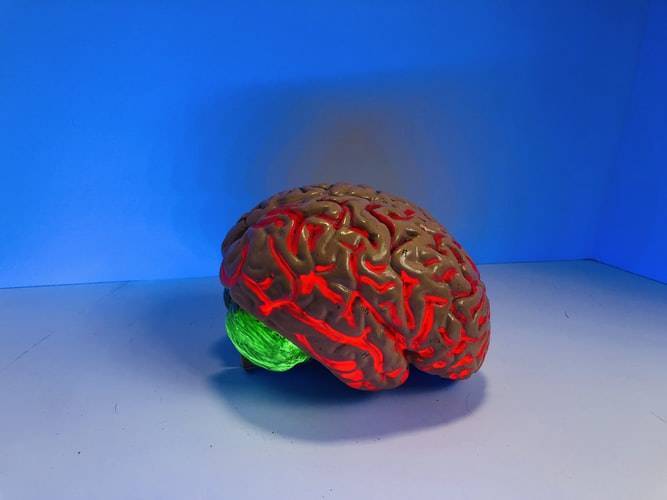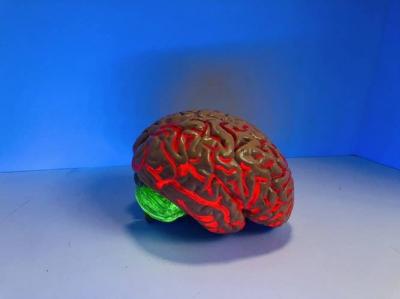Under the title "What Happens in the Brain When We Think About the Future?", the Al-Ittihad website published a report stating that during quiet moments, the mind enjoys wandering to events of tomorrow, such as thinking about an unpaid bill or an upcoming holiday, according to Medical Express. Despite the low external stimulation in these cases, a part of the brain called the default mode network (DMN) works hard. Joseph Kable, a neuroscientist at the University of Pennsylvania, says, "These areas appear active when individuals are not asked to do anything in particular, rather than being requested to engage in cognitive tasks."
Although it has long been suspected that this neural network plays a role in imagining the future, understanding exactly how it works has not been fully grasped. Now, research by Kable and former graduate students in his lab, Trishala Parthasarathy, Assistant Director of Scientific Services at OrtleyBio, and Sangeil Lee, a postdoctoral researcher at the University of California, Berkeley, sheds light on this matter. In a paper published in the Journal of Neuroscience, the research team discovered that when it comes to imagining the future, the default mode network is actually divided into two complementary parts. The first helps an individual create and predict the imagined event, a function the researchers call "constructive." The other assesses whether this newly created event is positive or negative, which they refer to as the "evaluative" function.
Kable states, "When psychologists talk about why humans can imagine the future, it is usually so that we can identify what we need to do, plan, and make decisions. However, the crucial function is the evaluative one, and it's not just about finding possibilities but also assessing them as good or bad." The default mode network itself includes the ventromedial prefrontal cortex, the posterior cingulate cortex, and areas in the temporal and parietal lobes, such as the hippocampus. Kable notes, "When you put people in a brain scanner and ask them not to do anything, just to sit there, these are the brain regions that appear active."
Previous research has revealed the areas that form the default mode network and found that creating and evaluating imagined events activates different components. Kable wanted to further test this idea to better identify the involved areas and what happens in each. To do this, he and his team designed a study in which 13 females and 11 males were given prompts while in a functional magnetic resonance imaging (fMRI) scanner. Participants had seven seconds to read one of 32 prompts, such as "Imagine you are sitting on a warm beach on a tropical island," or "Imagine you won the lottery next year." They then had 12 seconds to think about the scenario, followed by 14 seconds to evaluate its vividness and valence.
Kable explains, "Vividness is the extent to which the image that comes to mind is rich in detail and how personally salient these details are rather than vague. Valence is an emotional evaluation, which includes: How positive or negative is the event? Is this something you want to happen?" Participants underwent the process four times, and each time, the researchers monitored brain activity via fMRI. The work confirmed the existence of two sub-networks in the process.
Kable clarified, "One network, which we will call the dorsal default mode network, was affected by valence. In other words, it was more active for positive events than for negative ones, but it was not influenced at all by vividness. It appears to participate in evaluative function." The other sub-network, the ventral default mode network, was more active for highly vivid events compared to those with less detail. Kable explains, "However, it was not influenced by valence. It was equally active for both positive and negative events, indicating that this network is indeed involved in the constructive aspect of imagination."
According to Kable, the results represent a first step toward understanding the basis of imaginative abilities. This research asked participants to evaluate the positivity or negativity of an imagined event, but future work may involve more complex evaluations that go beyond the simple good versus bad dimension. This type of analysis is likely to be part of Kable's future lab work, which has already begun to use these findings to analyze why people tend not to value future outcomes as much as immediate ones.




